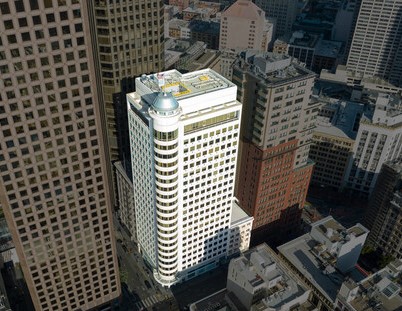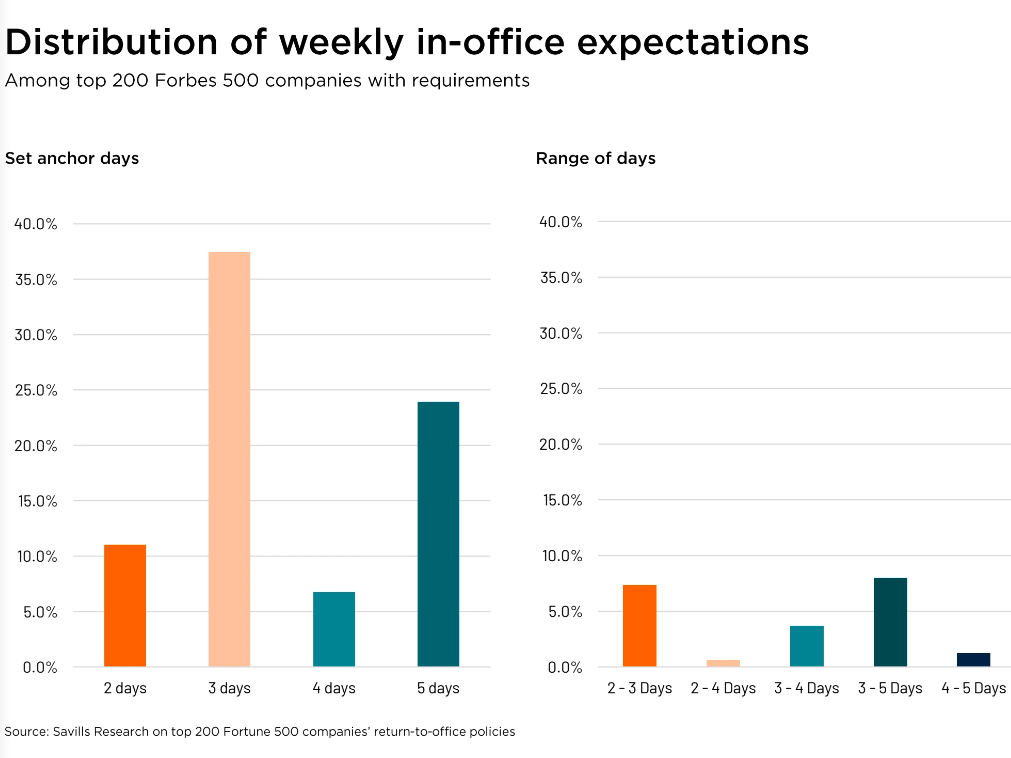Why That Ugly Duckling Office Building May Be a Swan
NAI Hiffman's Adam Johnson on the hidden benefits and opportunities in Class B and C office buildings.
If you’ve paid attention to the headlines in recent years, chances are you’ve heard every opinion and prediction on the long-term effects of hybrid and remote work. The shift has left many urban and suburban office buildings with a fraction of the tenants they once had—and some with none at all—begging the question of what will become of these buildings as users are slow to return.
To some, office has become the ugly duckling, the asset class that investors are afraid to touch due to lingering uncertainty in the market. They say you would be wiser to invest your money in multifamily, industrial or alternative asset classes like life science, self storage and data centers. Those are the swans of today and tomorrow.
If that’s you, I encourage you to take another look, particularly at those smaller Class B and C office properties. Although space requirements will shrink and some currently obsolete buildings will be adapted to other uses, there remains a persistent demand for smaller spaces served by these Class B and C buildings. And there are plenty of reasons why.
How B and C offer value
I have often said uncertainty is real estate’s worst enemy. It was evident when interest rates rose at a record pace, and debt and construction costs became unpredictable. The capital markets hit pause on many deals—not for just office but for all property types, including the red-hot industrial and multifamily sectors—and lenders remain hesitant to move forward with them today.
How does someone invest in this uncertain office market? One way to make money lies in an unexpected place: the lonely B or C category. That class is made up almost entirely of smaller buildings, most decades old, rising just one to three stories. Many have 75,000 square feet or less of space, leaving little room for bell-and-whistle amenities beyond perhaps basic conference facilities.
While often overlooked, the B and C sector makes up a surprisingly large portion of the suburban office market, accounting for nearly 45 percent of inventory in suburban Chicago. Moreover, the vacancy rate in these smaller buildings—home to fledgling startups, mom-and-pop businesses and even some larger corporations that use them as outposts—is close to 11 percent in the Chicago suburbs, compared with over 20 percent for buildings greater than 150,000 square feet, based on first quarter 2023 data. During and after COVID, these smaller Class B and C buildings maintained occupancy levels far above their larger counterparts, making them easier to underwrite in current market conditions.
The desirability of Class B and C office buildings can be partially attributed to their affordability, particularly in the eyes of tenants. For investors, another draw is profitability. Gross rents may be less, but not on a dollar-for-dollar basis, as the operating expenses in many cases are 30-40 percent lower than those of Class A buildings, keeping net rents in an attractive range. As an example, a newer, more amenitized suburban building might have gross rents of $25 per square foot. Deducting $10 per square foot for tax and operating expenses leaves a net rent of $15 per square foot. A similarly sized Class C building may be $18 per square foot gross, with $6 per square foot going toward taxes and operating expenses, providing a net rent of $12 per square foot. What looks like a 38 percent difference is really only a 25 percent difference on paper.
Affordable and predictable
In office, the transaction costs are the main driver of value. It is not uncommon to have over $100 per square foot in transaction costs to land an anchor tenant in a building under a longer-term lease. These smaller buildings typically have much smaller spaces that don’t get released and rebuilt as often as larger ones, leading to lower commission costs, tenant improvement allowances and rent abatement. What’s more, their smaller suites don’t sit vacant as long as larger spaces due to the increase in small business usage over the last three years. This all leads to a more predictable cash flow.
Of course, it’s not just about maintaining predictable cash flow but also predictable value over the long term. For Class B and C buildings, valuations don’t yo-yo up and down based on the actions of one or two tenants. Spreading the risk over multiple occupiers gives the investor more control when a loan comes due and they must determine whether to refinance or sell.
With lower transaction costs, relatively stable net rents and consistent occupancies, this subset of the office market has already taken flight, not as a duckling but as a swan.
Adam Johnson is executive vice president, Office Capital Markets, NAI Hiffman.








You must be logged in to post a comment.